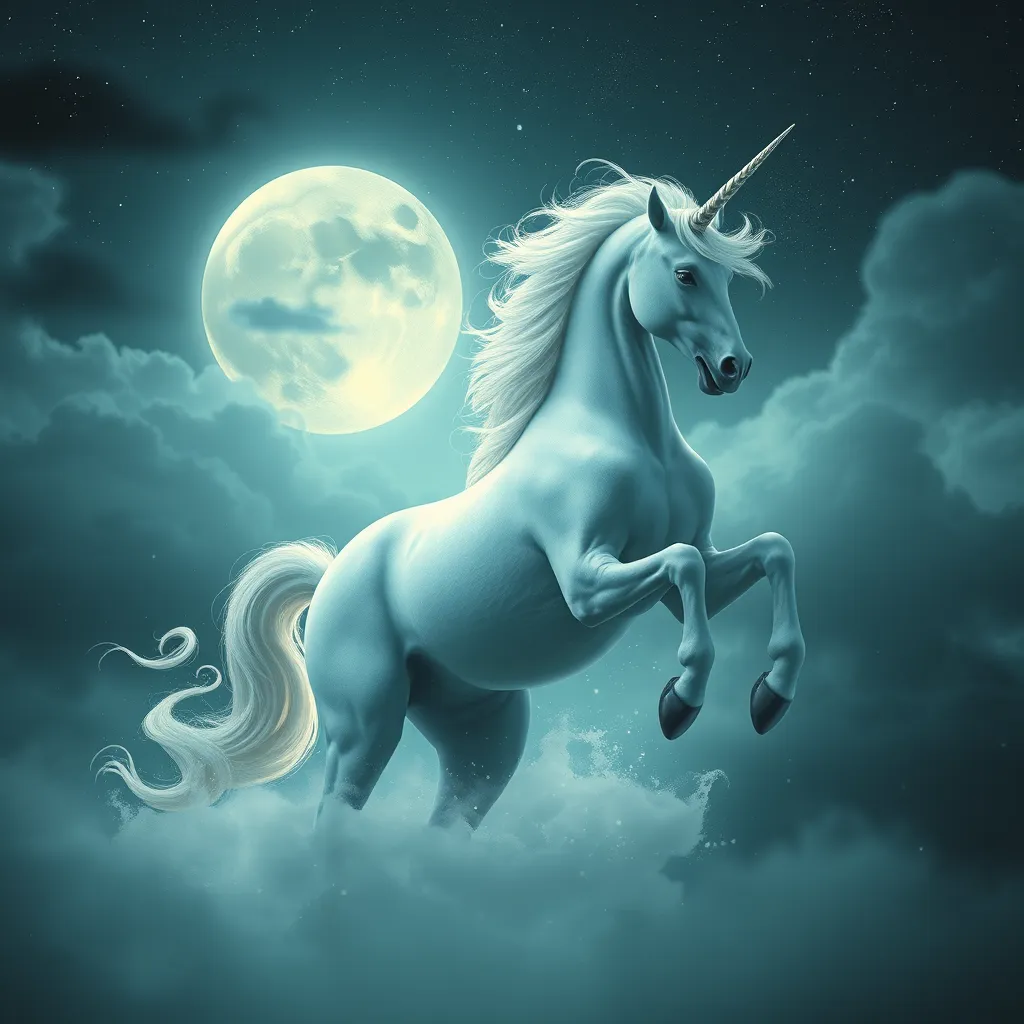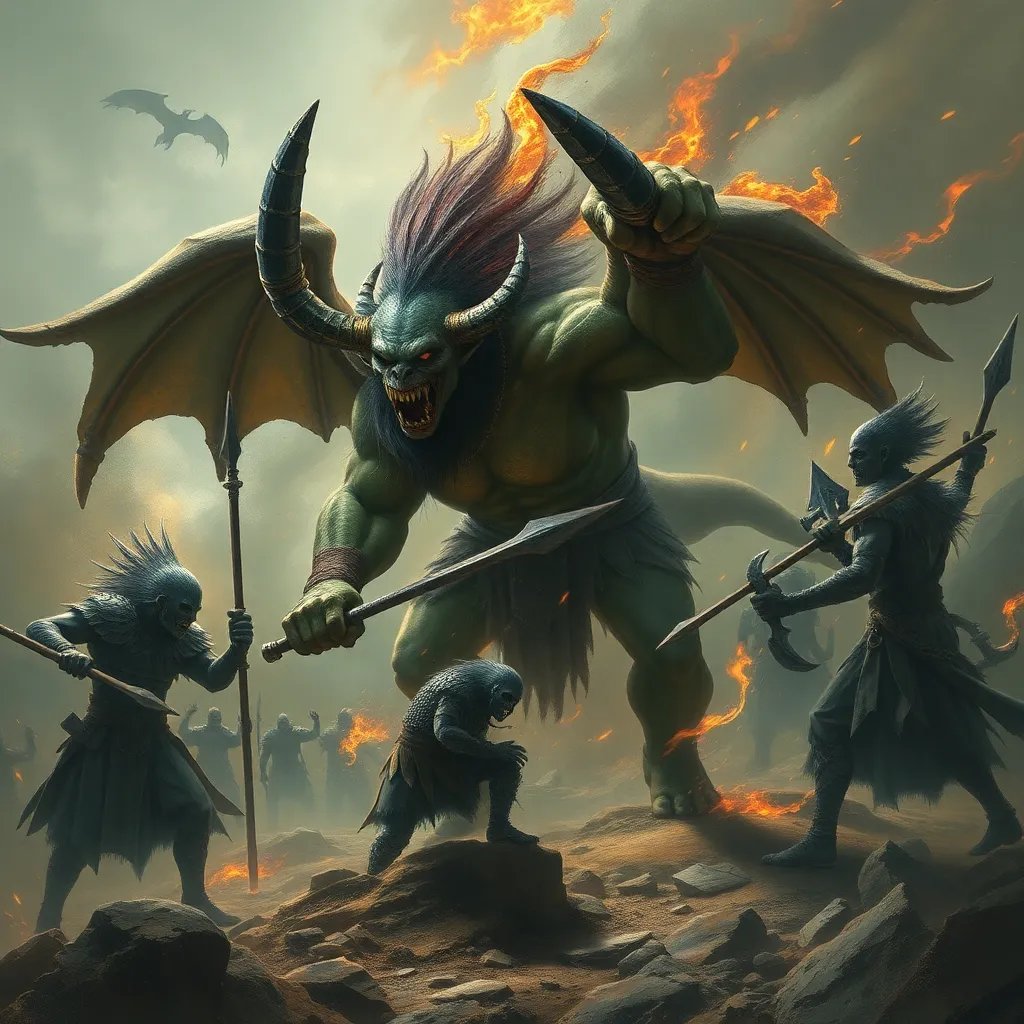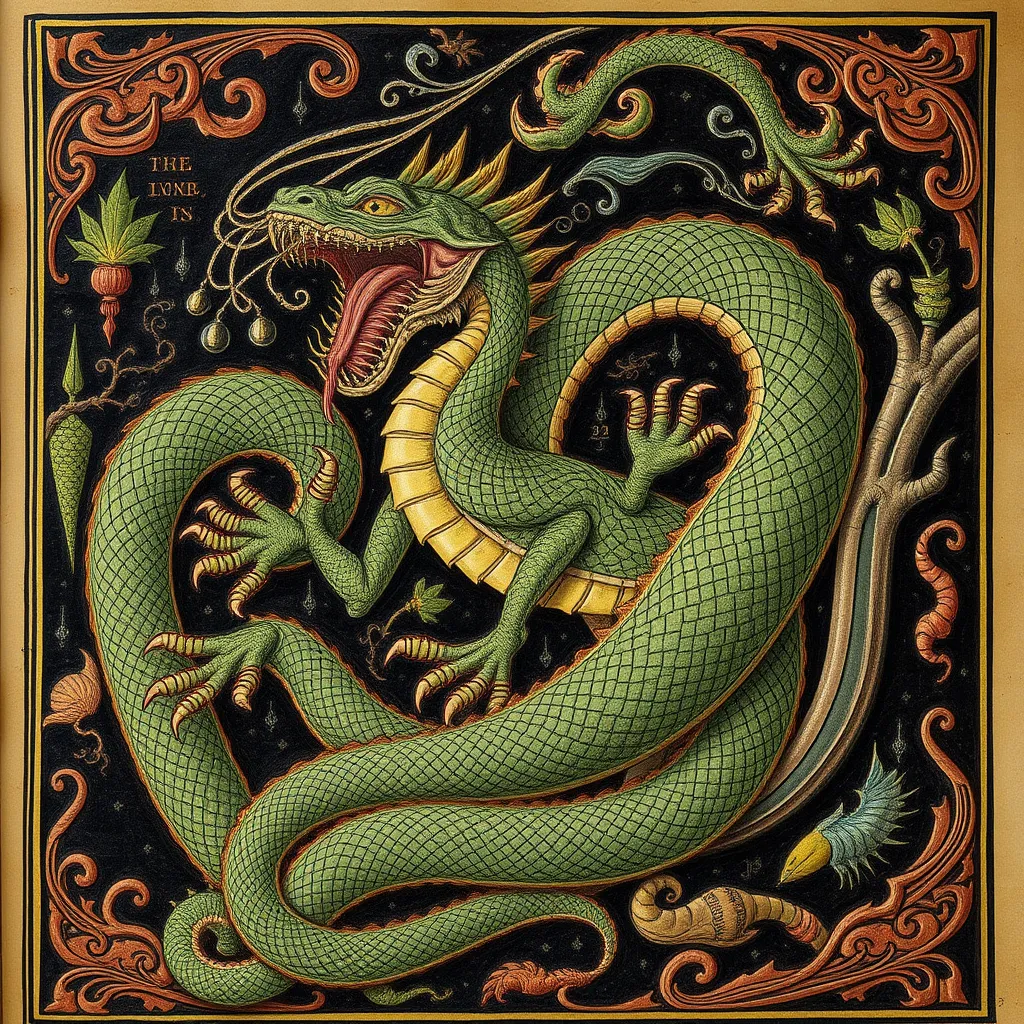The Unicorn’s Dream: Exploring the Unicorn in Korean Folklore
I. Introduction
Unicorns have captivated the human imagination across different cultures, often symbolizing purity, beauty, and grace. These mythical creatures, typically depicted as horse-like beings with a single spiraled horn, have woven themselves into the fabric of global mythology, signifying the aspirations and ideals of various societies. In Korean folklore, however, the concept of the unicorn takes on a unique twist, represented primarily by the Qilin, a creature that embodies both mythical and auspicious qualities.
This article aims to delve into the significance of unicorns within Korean folklore, exploring their historical context, cultural representations, and modern adaptations. By examining the role of unicorn-like creatures in traditional narratives, art, and contemporary culture, we hope to highlight the enduring legacy of these enchanting beings in Korean society.
II. Historical Context of Unicorns in Korean Culture
The history of unicorn-like creatures in Korea can be traced back to ancient texts and records. Early references to such beings can be found in traditional writings, often described in ways that echo the characteristics of the Western unicorn.
- Early References: The unicorn-like creatures in Korean folklore are often linked to the Qilin, which appears in texts such as the “Samguk Sagi” (Chronicles of the Three Kingdoms) and “Dongguk Yeoji Seungnam” (Geography of Korea).
- Buddhism and Confucianism: The influence of these philosophies enriched the symbolism associated with the Qilin, linking it to moral virtue and cosmic order. It was believed that the appearance of a Qilin heralded the birth of a wise ruler or a great sage.
- Comparative Analysis: While unicorn myths in Western cultures often focus on themes of purity and virginity, the Qilin in Korean mythology serves more as a symbol of prosperity and good governance.
III. The Korean Unicorn: The Qilin
The Qilin, often referred to as the Korean unicorn, is a hybrid creature resembling a deer or horse, covered in scales, with a single horn protruding from its forehead. Its appearance is often described as both majestic and otherworldly, representing a blend of various animal features.
The Qilin’s role in folklore extends beyond mere appearance; it is seen as a harbinger of good fortune and prosperity:
- Harbinger of Good Fortune: The Qilin is believed to bring good luck and is often associated with the arrival of sage leaders or auspicious events.
- Symbolism in Art: In traditional Korean art, the Qilin is depicted in various forms, often surrounded by auspicious symbols, and is a common motif in royal paintings and temple art.
- Literary References: The Qilin also features prominently in Korean literature, symbolizing hope and virtue in narratives that emphasize moral lessons.
IV. Folktales and Legends Featuring Unicorns
Numerous folktales in Korean culture highlight unicorn-like creatures, especially the Qilin. These stories often involve themes of morality, justice, and the consequences of human actions.
- Notable Folktales: One famous tale involves a Qilin that appears to a king, bringing messages of righteousness and warning against tyranny.
- Themes and Moral Lessons: Common themes in these tales include the importance of virtue, respect for nature, and the belief that good deeds are rewarded.
- Cultural Identity: These stories have played a crucial role in shaping Korean cultural identity by reinforcing values that resonate with the community.
V. The Unicorn’s Symbolism in Korean Art
The Qilin’s representation in Korean art spans various mediums, reflecting its significance in cultural heritage.
- Traditional Art: In traditional Korean paintings, the Qilin is often depicted alongside other auspicious creatures such as dragons and phoenixes, symbolizing harmony and prosperity.
- Royal and Religious Iconography: The Qilin features prominently in royal and religious artworks, serving as a protector and a symbol of divine favor.
- Contemporary Interpretations: Modern artists continue to draw inspiration from the Qilin, blending traditional motifs with contemporary styles, thereby keeping the legend alive in new forms.
VI. The Unicorn’s Role in Korean Festivals and Celebrations
The Qilin also plays a significant role in various festivals and celebrations throughout Korea, where its symbolism is celebrated and honored.
- Festivals: Events such as the Seoul Lantern Festival often feature Qilin motifs, celebrating themes of hope and good fortune.
- Rituals and Practices: Certain rituals involve offerings to the Qilin, invoking blessings for prosperity and peace.
- Cultural Heritage: These celebrations are essential for maintaining cultural heritage, connecting the present with the rich tapestry of the past.
VII. Modern Adaptations and Popular Culture
In recent years, the imagery of unicorns, particularly the Qilin, has seen a resurgence in contemporary Korean media.
- Contemporary Media: K-dramas, films, and webtoons often feature unicorn-like characters, blending traditional narratives with modern storytelling techniques.
- K-pop Influence: The vibrant aesthetics of K-pop have embraced unicorn themes, with artists incorporating them into their visuals and concepts.
- Blending of Traditions: This blending of traditional and modern interpretations creates a unique cultural dialogue, ensuring that the significance of the unicorn continues to evolve.
VIII. Conclusion
The unicorn, as represented by the Qilin in Korean folklore, holds a significant place in the country’s cultural narrative. From ancient texts to modern adaptations, the Qilin embodies ideals of virtue, prosperity, and hope. Its representation in art, literature, and celebrations reinforces its importance in Korean identity.
As we reflect on the enduring appeal of unicorns, it becomes clear that preserving these myths is crucial for future generations. They offer valuable insights into cultural values and aspirations, reminding us of the beauty and magic that continue to inspire humanity.



